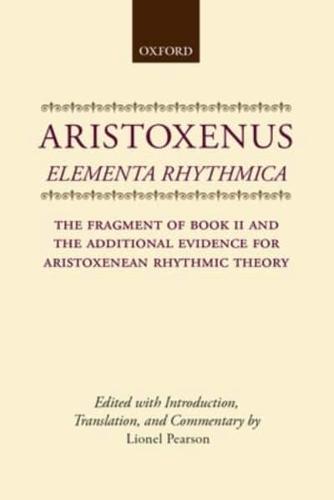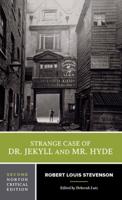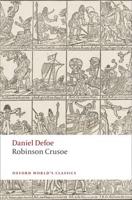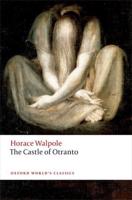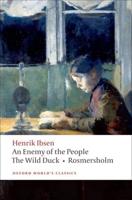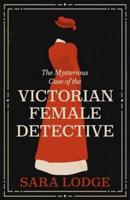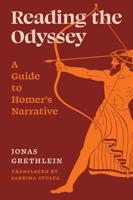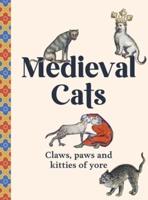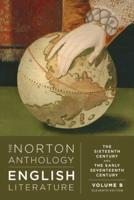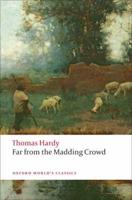Publisher's Synopsis
Three manuscripts together preserve a fragment from book II of the "Elementa Rhythmica" of Aristoxenus, a contemporary of Aristotle.;This edition offers the first critical text to be published for over a century and the only commentary since that of Westphal in 1893. Professor Pearson offers further evidence of Aristoxenian theory in extracts from later Greek musical writers, and from the important papyrus fragment "Oxyrhynchus Papyri" 2687, also presented here with translation and commentary. He shows that Aristoxenus explains rhythm in terms that would be acceptable to musicians today, and that he does not regard rhythm as "purely quantative". Moreover, he maintains here that rhythm, as Aristoxenus understands it, can be found in the lyric poetry of the fifth century, and that he offers an alternative to current metrical theory. This study covers rhythm and harmonic theory from the surviving fragments of Aristoxenus' text and other sources, and then applies it to actual texts of Greek poetry, aiming to reveal the rhythm or rhythms to which Aristoxenus thought the verse was meant to be sung.
